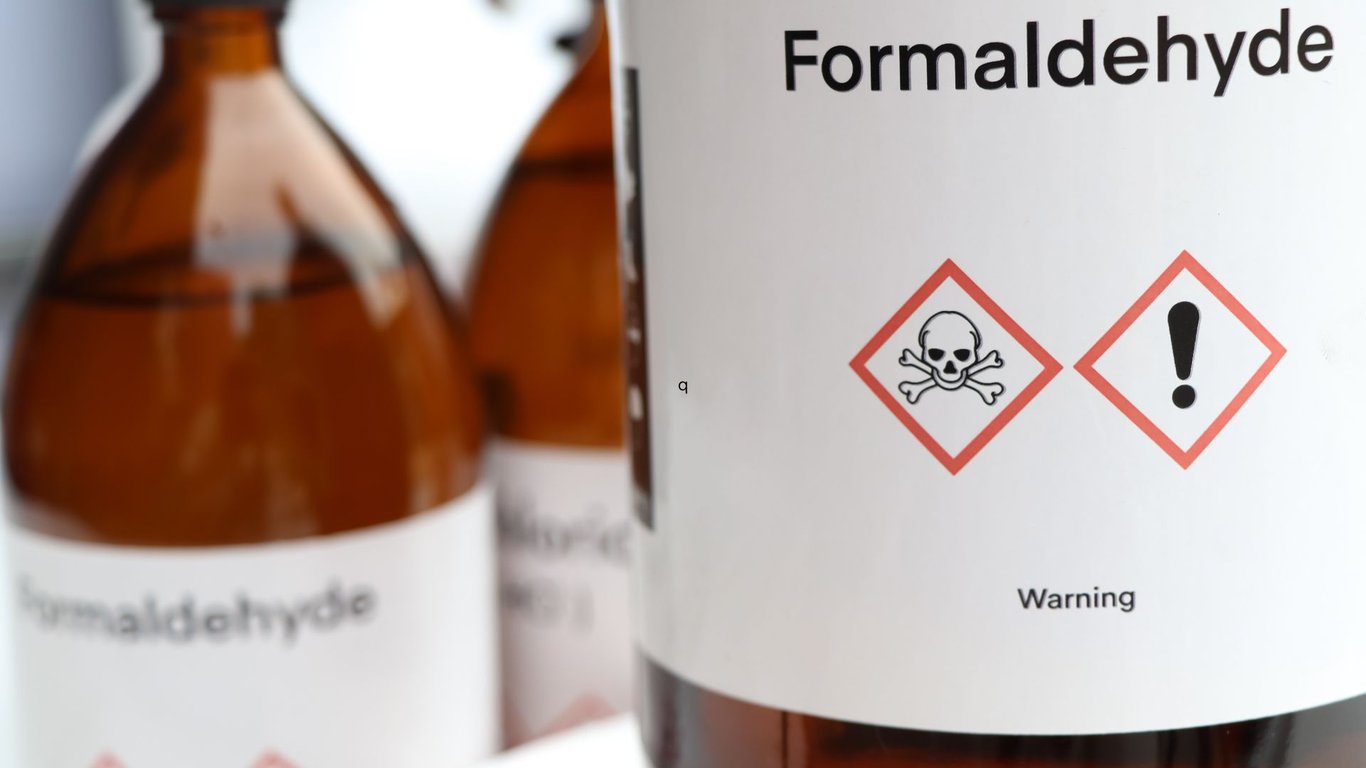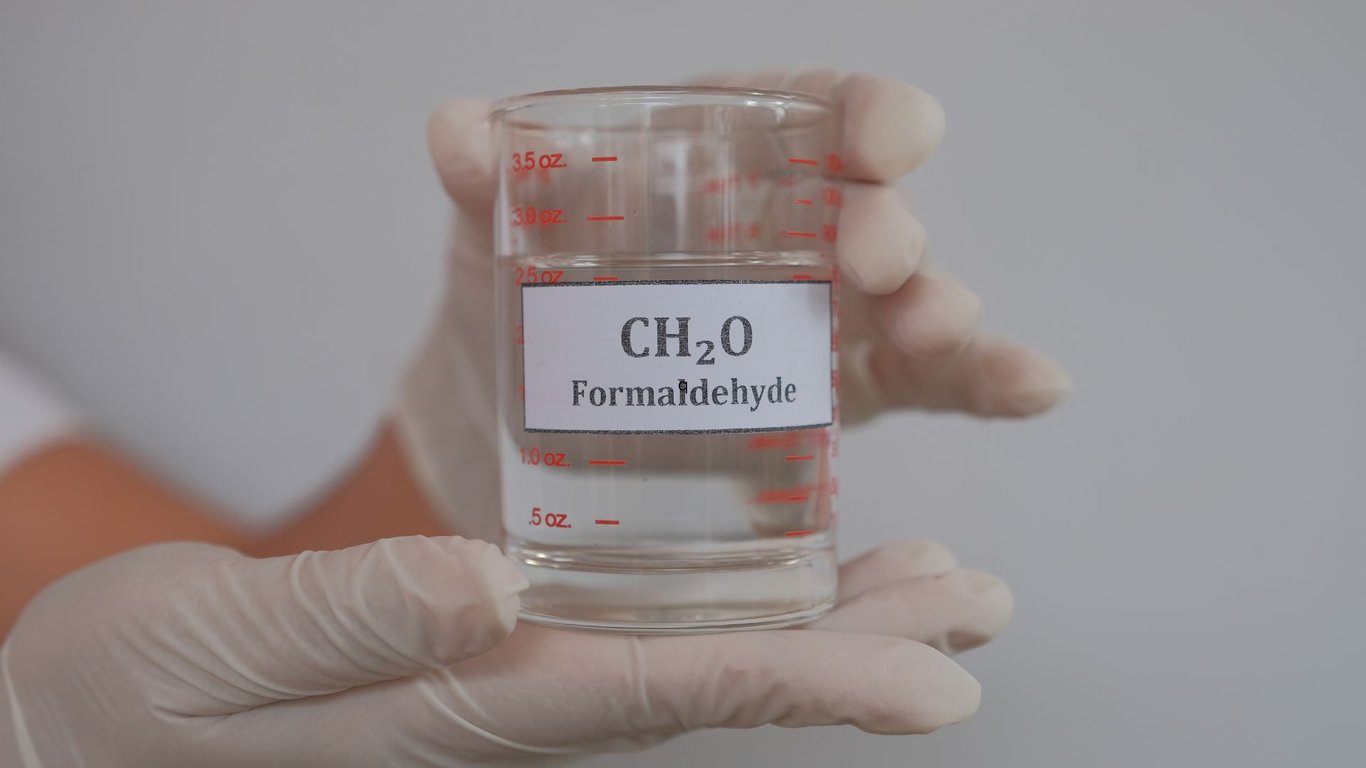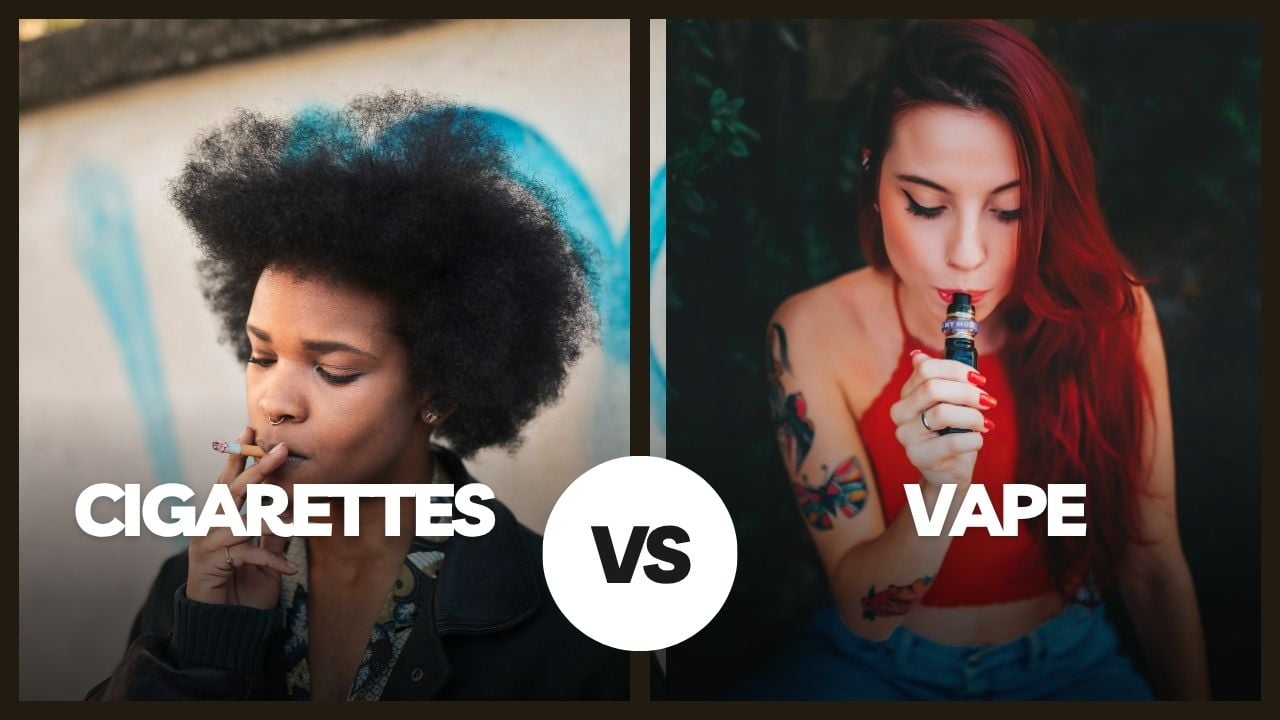
Regular vapers or smokers looking to switch to e-cigs may have questions about potentially hidden vape chemicals. There is mention online about perhaps formaldehyde being in vapes, and people want to know more about this. When people search online for “formaldehyde vaping,” there can be fearful reactions, as many people are aware that this chemical is a carcinogen. The American Cancer Society offers its in-depth findings about formaldehyde, in which we note how it is listed as a byproduct of smoking via combustion.
For those switching from smoking to vaping, or those who are considering it, the good news is that formaldehyde in e-cigarettes is present in much lower levels than in smoking. The amount and length of exposure define the level of risk. This mainly depends on how the vape device is used, with the potential for greater formaldehyde exposure during certain vaping situations (which we will discuss shortly).
We’ll cover what formaldehyde is, how it forms in vapes, and steps to reduce your exposure. We’ll also look at how vape levels of formaldehyde compare to those in traditional cigarettes.
What is Formaldehyde?
Formaldehyde is a colorless gas with a pungent odor, and it's highly flammable. It evaporates easily at room temperature, and it’s found in many pressed-wood products, glues, and some cosmetics or disinfectants. It’s even found in nature in small amounts, but mostly is found in industrial sources.
Since formaldehyde is classified as a human carcinogen by the National Cancer Institute, it’s understandable that vapers don’t want to be exposed to it, or at least, in negligible amounts. While it's essential in small doses for certain manufacturing, unnecessary inhalation raises valid safety questions—especially in something as personal as vaping.
How Does Formaldehyde Form in Vapes?
E-liquids in vapes don't contain formaldehyde outright. The chemical gets generated during the heating process. What happens is propylene glycol (PG) and vegetable glycerin (VG) in e-liquid break down at high temperatures, forming formaldehyde and other byproduct chemicals.
Temperature is what causes the formaldehyde formation. Normal vaping involves temperatures around 200-250°C. Formaldehyde formation at these temperatures is low. Sometimes the wick doesn't absorb enough liquid, causing the coil to overheat above 350°C. Formaldehyde levels go up dramatically when this happens, which is referred to as dry puff formaldehyde production, which is unrealistic; people usually aren’t going to vape like this, as it is unpleasant. In essence, formaldehyde isn't directly present in the e-liquid—it's a consequence of what happens when vaping, including chain vaping.
Formaldehyde in Vapes vs. Cigarettes
When making comparisons between formaldehyde levels present in vapes vs. cigarettes, it’s useful to compare apples to apples. Extreme smoking or vaping will skew the amount of formaldehyde a person is exposed to. Cigarettes release varying amounts of formaldehyde per cigarette through combustion of tobacco and additives, depending on type of cigarette (filtered or unfiltered) and whether the smoke is mainstream (where you inhale) or sidestream (where smoke comes off the end of the cigarette). Contrast that with vapes that can be much lower with their formaldehyde formation.
As we mentioned, overuse or misuse can change these comparisons. At high voltages (like 5V on older devices), emissions can reach 5-15 times cigarette levels, but since this results in a harsh taste, few people will vape like this consistently. Nicotine and flavor types add their own variables to formaldehyde formation:
Low-nicotine e-liquids (6 mg/mL) can lead to higher daily formaldehyde exposure for some vapers due to more frequent puffing to satisfy cravings. Smokers switching might find balanced nicotine helps here.
Modern devices with temperature controls can help vapers control heat and potentially keep the vape device from overheating and causing higher formaldehyde exposure.
Vaping Health Risks from Formaldehyde
Inhaling formaldehyde from any source carries risks, but vaping's delivery method—straight to the lungs, raises concerns. For vapers, cumulative low-level exposure might contribute to lung inflammation over time, potentially worsening conditions like asthma.
Beyond cancer, formaldehyde may cause cardiovascular strain by promoting oxidative stress and may cause skin issues like contact dermatitis. Vapers should note that secondhand aerosol in enclosed spaces could expose others to trace amounts, though far below smoking levels.
How to Minimize Formaldehyde Exposure When Vaping
You might wonder if it’s possible to keep formaldehyde formation in check while vaping. Perhaps there are a few ways to reduce risk and still enjoy vaping, which does help a person reduce risk as compared to cigarettes. Reducing formaldehyde doesn't mean you have to quit vaping. A few adjustments to how you vape can make a big difference. Try these tips to keep temperatures down, adjust nicotine levels, and keep your vape in good working order:
- Choose Wattage Wisely: Stick to manufacturer-recommended settings (under 20–30 watts for most pods) to avoid overheating; this can cut emissions by over 90% compared to maxed-out coils.
- Match Nicotine to Needs: Select e-liquids with nicotine levels that satisfy without excessive puffing—higher strengths (12-18 mg/mL) often lower total daily aldehyde intake by curbing extra inhales.
- Maintain Your Device: Regularly clean or replace coils to prevent dry hits, and use high-quality, PG/VG blends from reputable sources.
Again, vaping is not without risk of exposure to formaldehyde. Vapers can control scenarios where they could face greater chances of exposure, and perform the habits listed above to provide further protection against higher formaldehyde exposure levels.
Habit Changes and Vigilance Can Reduce Vaping Formaldehyde Exposure
Formaldehyde in vapes is real but manageable. It’s formed by heating e-liquids, present at lower levels than in cigarettes under normal use. Watching how one vapes and keeping to moderate habits can decrease exposure to formaldehyde. For vapers, the evidence points to reduced harm versus smoking, but not absence of it; health risks like irritation and cancer potential still exist. Going with low-heat devices and maintaining reusable vapes can help reduce risk.
While vaping does keep formaldehyde exposure down overall as compared to smoking, it’s important to review the tips we’ve provided and even speak with your doctor if you are concerned, and want information personalized to your particular vaping habits.
Shop Vape Ecigs for Quality Vape Products
If you’re looking for quality vape products in multiple nicotine and flavor varieties, we have them at Vape Ecigs. Enjoy vaping knowing that you can purchase from a trusted retailer that offers the devices and accessories you need, including Logic Vapes (such as the Logic Pro Black Label Menthol Capsules), JUUL Pods (like the JUUL Virginia Tobacco Pods 5%), Vuse Vapor (including the Vuse Alto Power Unit), and Blu (such as Blu Rich Tobacco Pods)
The post Is Formaldehyde in Vapes? appeared first on Blog Vape-Ecigs.







